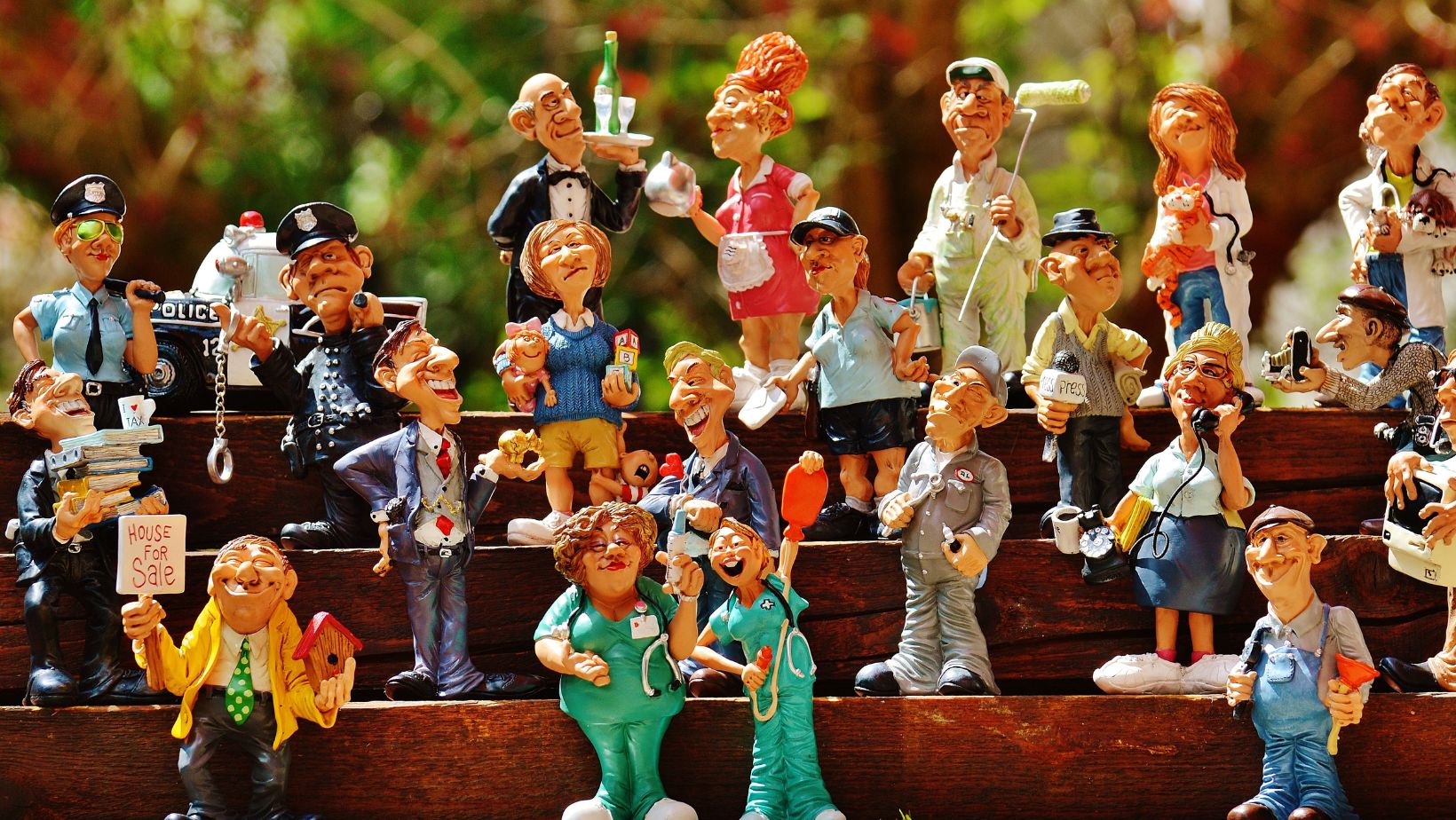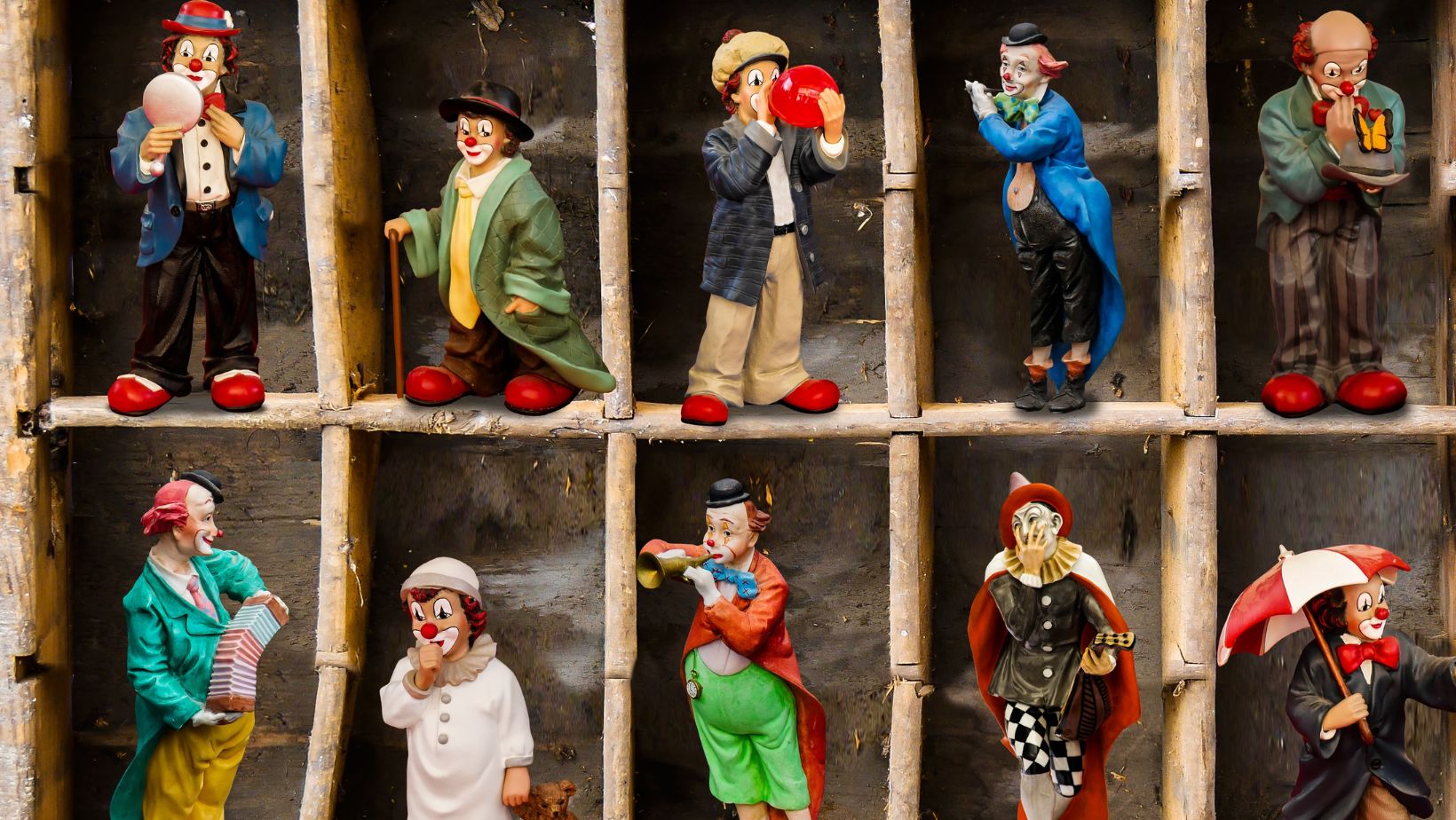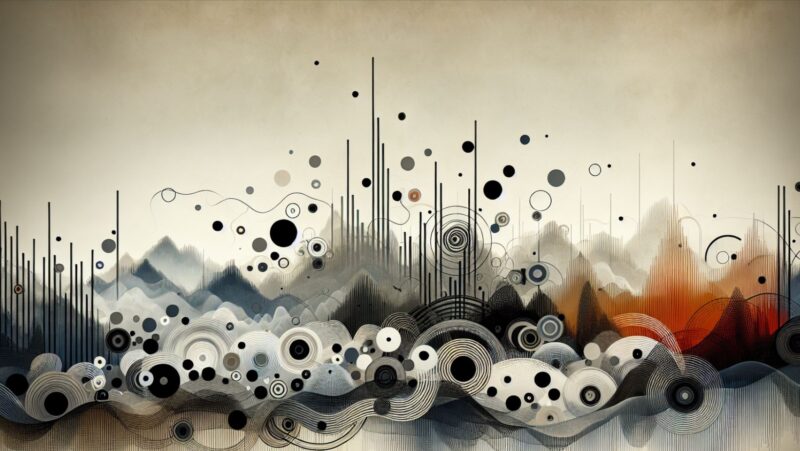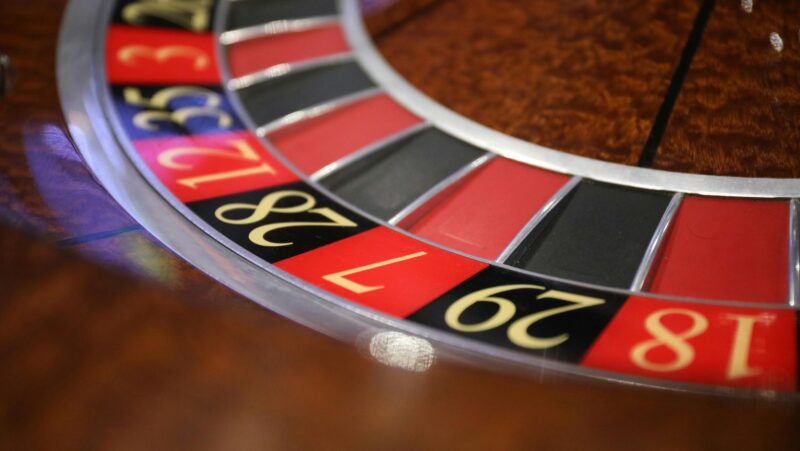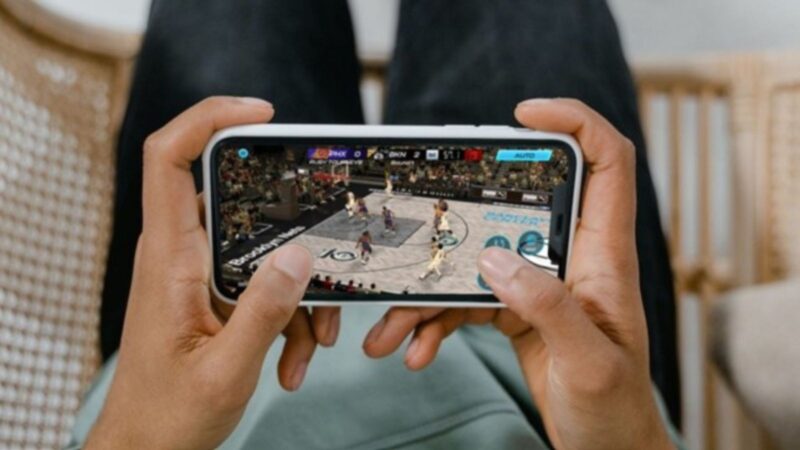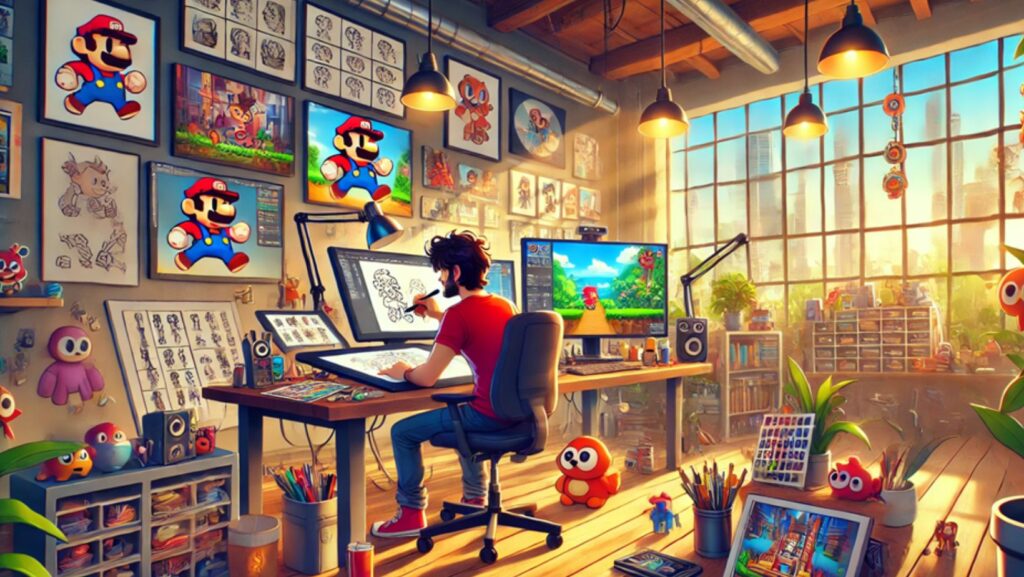
In the dynamic and highly competitive world of video game development, the journey from an idea to a memorable, marketable title often begins with a single, iconic image — the character. Characters are the face of a game. They drive emotional connection, define visual style, and form a lasting impression in the minds of players. This is why many game developer companies are increasingly prioritizing the role of 2D game artists in their production pipelines.
Introduction: The Power of Visual Identity in Games
Every successful game has one thing in common: a strong visual identity. Whether it’s the charming design of Hollow Knight, the nostalgic aesthetic of Shovel Knight, or the quirky vibe of Don’t Starve, the artistic direction sets the tone and expectations for gameplay.
2D art, despite the advancements in 3D rendering, remains a powerful tool in game development. It evokes nostalgia, enables unique storytelling styles, and can be easier to produce for indie studios. Most importantly, it allows for stylized, emotionally resonant character design — a critical factor in building iconic characters that players remember and relate to.
What Does a 2D Game Artist Do?
A 2D game artist is responsible for creating characters, environments, UI elements, and animations within a 2D framework. But their role goes beyond just drawing. They:
- Interpret game narratives into visual designs
- Create character concepts and final sprites
- Design props, backgrounds, and UI components
- Animate characters and environments
- Maintain consistent art styles across assets
- Collaborate with developers, designers, and writers
These artists work with tools like Adobe Photoshop, Illustrator, Spine, Krita, and Clip Studio Paint to create visually stunning assets that bring the game world to life.
Why Iconic Characters Matter in Game Success
Iconic characters are more than just visual assets—they become the identity of the game. Characters like Mario, Sonic, or Link are not only instantly recognizable but have also become pillars of multi-billion-dollar franchises. In the indie world, characters like Celeste or the Knight from Hollow Knight have achieved cult status thanks to their compelling design and emotional storytelling.
For game studios, having a strong character can:
- Boost brand recognition
- Enable merchandise opportunities
- Strengthen narrative delivery
- Encourage fan art and community engagement
- Elevate emotional attachment and retention
A well-crafted character helps players form a bond with the game world, creating lasting impact and loyalty.
Why Game Developer Companies Hire 2D Game Artists
As game development becomes more global and accessible, game developer companies are under pressure to stand out. One way to do that is by developing a signature art style. A well-executed art direction—especially through 2D characters—gives a game a visual edge.
Benefits for Studios
Here’s why hiring skilled 2D game artists is crucial:
- Visual Consistency: Ensures the game has a cohesive look, enhancing immersion.
- Cost-Effective: 2D is often cheaper to produce than 3D, ideal for mobile and indie games.
- Faster Prototyping: Helps studios quickly visualize ideas.
- Player Engagement: Stylized 2D art tends to age better and can be more emotionally resonant.
- Brand Building: Memorable characters lead to stronger brand association and loyalty.
Whether the game is hyper-casual, platformer, RPG, or puzzle-based, hiring a 2D game artist for hire can significantly improve its visual and commercial success.
The Rise of Outsourcing and Freelancing in Game Art
Today, many studios—especially indie and mid-sized companies—are turning to outsourcing and freelance 2D game artists. This model provides flexibility, scalability, and access to global talent. It allows studios to:
- Tap into diverse styles and specialties
- Scale up or down based on project phase
- Reduce overhead costs
- Meet tight production deadlines
Outsourcing is not just a trend—it’s becoming a strategic decision for companies seeking specialized skill sets without long-term commitments.
Traits of a High-Impact 2D Game Artist
Not every artist can create a character that connects with players. The best 2D game artists combine technical skills with creativity, storytelling ability, and a deep understanding of user experience.
Key traits include:
- Strong grasp of anatomy, proportions, and perspective
- Understanding of color theory and emotional impact
- Ability to adapt styles to suit the game genre
- Experience with character animation and sprite sheet creation
- Collaborative mindset and openness to feedback
When game developer companies look for a 2D game artist for hire, they prioritize portfolios that showcase originality, storytelling through visuals, and consistency across different game assets.
The Design Process: From Sketch to Screen
The process of crafting an iconic character involves multiple steps:
- Brief & Ideation: Based on the game’s genre, lore, and target audience.
- Concept Art: Rough sketches exploring multiple styles, silhouettes, and poses.
- Final Design: Polished artwork with clean lines, colors, and expressions.
- Turnarounds: Front, back, and side views for consistent rendering.
- Animation Sheets: Breakdowns for walking, jumping, attacking, etc.
- Integration: The artist works with developers to ensure assets align with the engine.
This collaborative and iterative process is where the artist’s creativity truly shines.
Game Genres Where 2D Character Art Excels
Certain genres are especially dependent on great 2D character design:
- Platformers (Ori and the Blind Forest, Celeste)
- Roguelikes (Dead Cells, Hades)
- Puzzle Games (Monument Valley)
- Narrative Games (Florence, Gris)
- Strategy/Simulation Games (Slay the Spire, Ooblets)
These genres thrive on visual storytelling, mood setting, and user engagement—all areas where 2D game artists have a strong impact.
Building Long-Term Value Through Character Art
Iconic characters don’t just help at launch—they fuel long-term success through:
- Community Engagement: Inspiring cosplay, fan art, and forums.
- Licensing Opportunities: Toys, books, apparel.
- Sequels & Expansions: Familiar characters anchor new content.
- Cross-Media Adaptations: TV shows, comics, AR/VR experiences.
When players fall in love with a character, they’re more likely to invest emotionally and financially in the franchise. This is why many game developer companies consider 2D character art a strategic investment, not just a production task.
Tips for Hiring the Right 2D Game Artist
For studios, hiring a 2D artist can be a challenge if you don’t know what to look for. Here’s a simple guide:
- Review Portfolios Thoroughly: Look for diversity in styles, character expressions, and full-body compositions.
- Test Projects: Consider giving a paid test to evaluate communication and creativity.
- Check References: Speak with past clients if available.
- Discuss Tools & Workflow: Make sure their tools integrate well with your pipeline (e.g., Unity, Spine, Adobe Suite).
- Clarify Art Direction: Define the style early to avoid misalignment.
Platforms like ArtStation, Behance, Dribbble, and specialized game art agencies are great places to find top-tier talent.
Conclusion
In today’s visually saturated gaming market, having standout characters is not a luxury—it’s a necessity. Whether you’re an indie developer working on your passion project or a growing studio aiming to launch the next hit franchise, the value of a skilled 2D game artist for hire cannot be overstated.
They don’t just draw—they shape your game’s identity, drive engagement, and help turn casual players into loyal fans. For modern game developer companies, investing in 2D art is one of the most effective ways to build brand recognition, elevate storytelling, and ensure long-term success.

